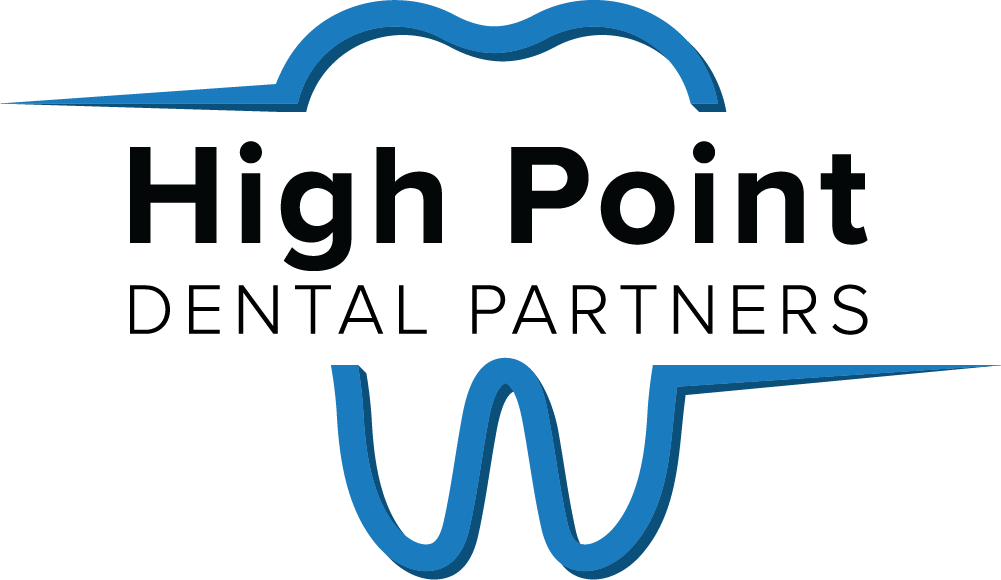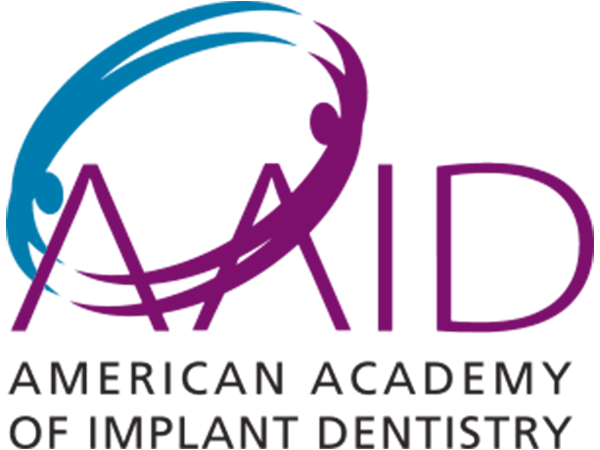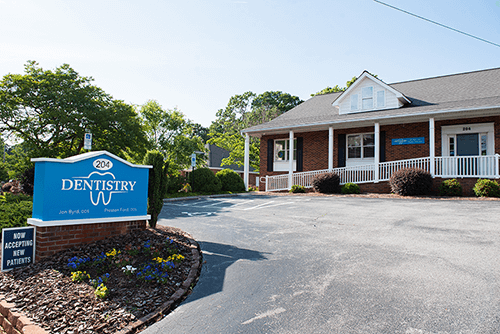General, Implant, & Cosmetic Dentistry
Serving High Point, NC
Looking For A New Dentist?
New patients are welcome at High Point Dental Partners! Learn more about our new patient resources for forms, payment information and scheduling.
New Patient ResourcesReady to Schedule?
Welcome to High Point Dental Partners! If you are in need of general or cosmetic dentistry services, use the button below to call our office and schedule your appointment.
Call High Point Dental PartnersAnxious About Dental?
We offer sedation dentistry for patients who have dental anxiety or dental phobias to help make your dental treatment as comfortable and low-stress as possible.
Sedation Dentistry ServicesTrusted. Local. Quality Dental Care.
Byrd Ford Dentistry is now High Point Dental Partners, located in High Point, NC. Patients can still expect the same exceptional dental care with the warm, relaxing feel they have always experienced when entering our office. We provide knowledgeable, high-tech dentistry and offer a variety of dental services for the entire family in a friendly, comfortable, and relaxing environment.
Dr. Byrd, Ford, and Moore are proud to provide exceptional dental care to every patient in and around High Point. Our entire team strives to provide compassionate care, transparent business, and accommodating services unique to each patient’s needs.
High-Level Dental Practice. Patient-Centric Approach.
We use the power of cutting-edge technology and procedures to help make our patient's smiles bigger and brighter. Our devoted team can redefine your smile using a combination of science and art. We take great pride in providing a wide variety of dental services to locate, diagnose, and treat dental issues while maintaining comfort for our patients.
-
Root Canal Treatment
Occasionally due to deep cavities or unexpected injuries, harmful bacteria can cause infection. If you don’t receive treatment, you could likely lose your tooth. Root canal treatment is a great solution to overcome a serious inner tooth infection.
Root Canal Treatment -
Wisdom Teeth Removal
Wisdom teeth are the third molars in the very back of your mouth. They don’t always need to be removed, but they can cause problems if they are not growing in properly. We provide advanced state-of-the-art oral surgery and wisdom teeth removal.
Wisdom Teeth Removal -

Dental Crowns and Bridges
Dental crowns and bridges are effective restorations when teeth are lost or severely damaged. We use high-quality materials in our crowns and bridges to ensure the restorations last as long as possible and provide exceptional performance.
Dental Crowns and Bridges -
Dental Implants
Dental implants are a very reliable source for effective tooth replacement. Whether you have lost one tooth or many, implants can provide a permanent solution that looks and functions normally.
Dental Implants -

Sedation Dentistry
We use advanced sedation dentistry for a wide variety of in-house services. Our goal is to ensure you are comfortable, calm and relaxed through any dental treatment or dental procedure.
Sedation Dentistry
Insurance Providers
Our practice is in-network with Ameritas, Cigna, and Delta Dental Premier. We are knowledgeable about dental insurance and are happy to apply our expertise in this area as a courtesy to you to help file and track your claims to ensure you are getting the most out of your benefits. We just ask that you bring your insurance card to each appointment, so we can make sure your information is as up-to-date as possible. If you have any questions about financing your dental care at our office, please don't hesitate to reach out to us.
Additional Payment Options
At High Point Dental Partners, we strongly believe that everybody should have access to affordable dental care. That’s why we provide convenient financing options for your consideration. We always discuss all expenses and payment methods to make sure you are comfortable with your treatment plan. If you do not have dental insurance, we accept payment from CareCredit and offer a dental membership plan.
No matter how complex or challenging your dental issues may be, at High Point Dental Partners, we’re eager to help you. Your valuable smile is our priority.
External Payment Plans Dental Membership PlanDental Associations & Accreditations
"Dr. Byrd and his staff have been fantastic. I am impressed with their professionalism and teamwork. I recently had to get a crown and it was all completed on the same visit....Everyone was friendly and I’m very satisfied with the outcome. I recommend this practice for your dental needs."
- Cherie M.
"I used to hate the dentist but everyone here was so nice and Welcoming that it’s no longer a hassle to go to the dentist. I would recommend to everyone. I love it here. Dr. Byrd is amazing, I will never go anywhere else."
- Dallas H.
"I was very afraid to change dentists but we moved here and I am very happy with who I chose to be my new dentist and his staff is wonderful too, very happy patient."
- Deb T.
"Dr. Byrd and his staff are fantastic!! My family and I have been their patients for 5 years and we couldn't speak highly enough about them! They are professional, friendly, caring, and honest! You couldn't ask for better."
- Heather D.
"My whole family are patients of Dr. Byrd and we all are so happy with him and his entire staff. He is very thorough and kind. Being in the dental field I am pretty particular but he was amazing. I would absolutely refer everyone to his office!"
- Merry G.
"Dr. Ford is one of the most capable and professional Dentists I've had the pleasure of working with. His skills go far beyond what my experience with dental professionals have been in the past. 10/10 would recommend to a friend."
- Stephen B.
This is by far the best dental practice I’ve ever been to. The front desk team is polite and helpful. The hygienists are fantastic. Dr. Ford is professional in his bedside manner and dental work. Their technology is top-notch. We’ve found our families' long-term dental care!









